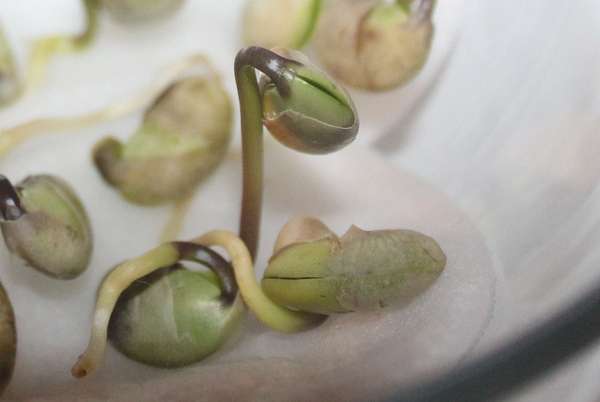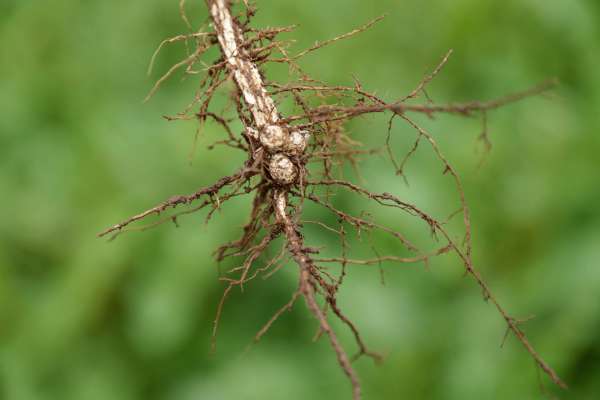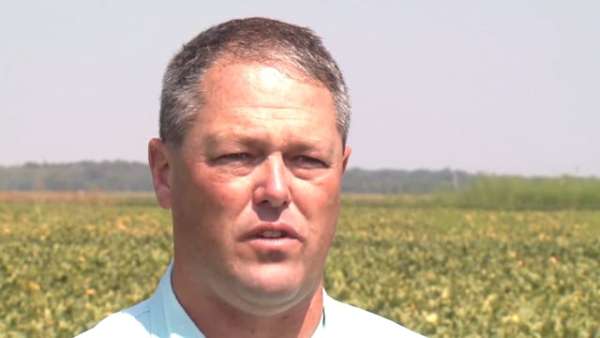Maintaining our yield: assessing biotic and abiotic factors
Lessons
# Soybean Seed Germination Experiment
Germinate soybeans in various liquids to see the effect on germination. Write about results in the germination experiment.
Files
# Aphid Activities
Watch a powerpoint that introduces aphids, their reproduction capabilities, and their food requirements. Complete an Aphid Population Density Field Study by visiting a local soybean field and determining the density of aphid populations using a quadrat method or use a scouting method to determine the extent of aphids in a field, then determine when/if pesticide should be used. Grow varieties of aphid resistant soybeans, then infest them with aphids. Over a period of two-three weeks, record population changes on each variety.
Files
Teacher background
Losses to farmers from insects and plant disease can amount to millions of dollars each year. Growers are continuously looking to new methods to help reduce the impact of pests on crops. Population ecology concepts can be used to study growth of pest populations and the effects of limiting factors on pest populations.
Soybean aphids, an economically important pest in the United States, pierce soybean tissues and feed on the sap, causing average yield losses of 20-30%, and up to 70% if left untreated. Soybean Rag (Resistance to Aphis glycines) genes can be an answer. These genes are naturally occurring in soybeans and help the crop to resist soybean aphids. Soybean researchers are attempting to breed soybeans to stack multiple Rag genes to produce resistant varieties that will lower the use of pesticide treatments and protect yields. Aphids and Rag gene soybean seeds are available for use in education from GNG industry leader Andy Michel.
Next gen science standards
Science and engineering practices
- Analyzing and interpreting data
- Obtaining, evaluating, and communicating information
Crosscutting concepts
- Patterns
- Cause and effect
- Systems and system models
- Structure and function
- Stability and change
Disciplinary core ideas/content
- ESS3C Human impacts on Earth systems
- LS1A Structure and Function
- LS1B Growth and development of organisms
- LS1D Information processing
- LS2C Ecosystem dynamics, functioning and resilience
- LS4C Adaptation






Share this